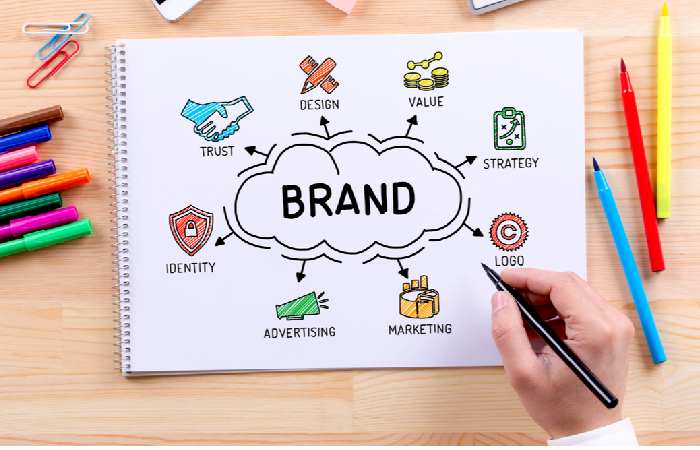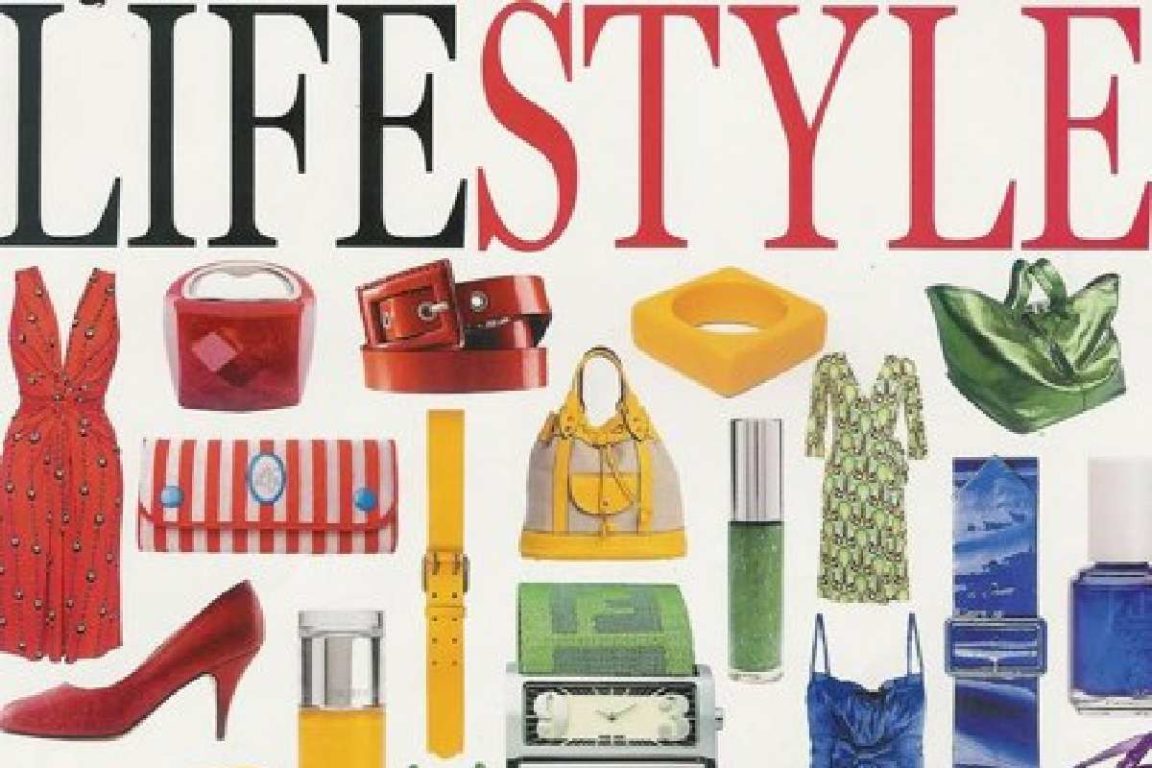What is a lifestyle brand? – Lifestyle brands are the brands that advertise their products and services to attract people, and it also aims to target the market’s hobbies, opinions, and interests. Lifestyle brands give up traditional marketing strategies to signify the values and attitudes of certain groups. And also crucial demographics.
Icons like Ralph Lauren founded the lifestyle brand movement. They give us an aspirational and aesthetic picture to work with. Traditional lifestyle brands are all about a particular and clearly defined image and have specific values and a distinct style from a particular individual. Thanks to clever marketing, consumers idealize these individuals as lifestyle perfection. And these brands offer consumers a way to buy a slice of it.
What is a lifestyle brand? – How to Make a Successful Lifestyle Branding Strategy?

Successful lifestyle brands have a strong brand identity. If you are looking to build a lifestyle brand, it is crucial to focus on the following elements:
What is a lifestyle brand? – 1. Develop a lifestyle for your brand.
It would be best to consider the lifestyle you want to associate with your products. This step might even come before deciding what products they want to offer for some startups. A marketing strategy involving people backpacking might make sense if you sell outerwear. When building your brand, it might be helpful to research a specific subculture, including snowboarding, skateboarding, backpacking, or wellness.
What is a lifestyle brand? – 2. Tell the brand story.
Successful lifestyle brands often use storytelling in marketing campaigns. Social media marketing elements like podcasts and shareable video clips narrate the brand story. It allows customers to identify with the whole narrative beyond the products, thus establishing a stronger emotional bond.
3. Personalize the campaign.
When reaching out to potential customers, it’s essential to make it personal. Lifestyle brands seek immediate connections with people who are buying their products. Brands tap into ordinary human social impulses, such as the desire for belonging. They aim to create a lasting association between the lifestyle and the brand. Your company can achieve this by forming strategic partnerships with influencers or celebrities. They connect their life to the brand’s identity.
4. Make your content accessible.
It is crucial for a successful lifestyle brand marketing strategy among the audience, and Video is a popular content marketing vehicle. Companies can also boost brand value via blog posts, taglines, images, and hashtags.
What is a lifestyle brand? – Successful Lifestyle Brand Marketing Examples
In recent years, lifestyle brands focus on loyal customer base to appeal to younger demographics. Hence, it is crucial to improve total market share. Some examples of lifestyle brands include
What is a lifestyle brand? – 1. Athletics:
Many athletic companies connect their brand names with healthy, competitive lifestyles. They aim to sell athleisure and athletic footwear, and connecting with people who play sports or exercise daily can increase a large customer base. Athletic companies might also feature a top athlete in advertisements, and they do so to promote long-term brand loyalty.
2. Wellness:
Wellness companies sell yoga apparel and also accessories, aiming to target the market of yoga practitioners and health-conscious individuals. These companies often associate themselves with lifestyles and, thus, focus on mindfulness and self-improvement through personal mind and body care.
3. Electronics:
Besides technical products, some electronic companies sell a particular image of sleekness, cutting-edge design, and high-tech minimalism.
4. Adventure:
Some energy drink and outdoor gear companies sell the idea of adventure, and these brands build an association with risk-taking. And also do adventure by sponsoring races and expos featuring action sports athletes.
Famous Lifestyle Brands
1. Red Bull: Giving people wings
If you work hard to get through a long-distance drive, you’ve probably tried an energy drink or a dozen. Red Bull has been around nearly as long as the soda industry has existed. But the fame of Red Bull at the turn of the century aided the idea’s takeoff in the United States. Now it’s an industry valued at billions of dollars, and Red Bull is at the lead.
You may have seen their commercials. These commercials have minimalist animation and memorable catchphrases (“Red Bull gives you wings!”). But Red Bull has also made inroads in presenting itself as a lifestyle brand. While they’re like LaCroix, they’ve gone in a completely different direction. And it regards the lifestyle they endorse.
For some (your humble author comprised), Red Bull today is more related to soccer. And people are jumping off of really high things than caffeine, and other contestants have tried to match them. But Red Bull’s sales presentation says everything you must know.
2. Nike: King of sports
If you know sports, you know Nike. It’s impossible not to, as they’re the biggest brand in sports attire. Regarding footwear only (Nike’s origin), in May 2017. They possessed 46.5% of the market amid the leading brand, the Jordan label. Other brands like Adidas, besides Under Armour, still have to go a long way.
Among the cultural cachet, technical tools, and community built around Nike, it’s clear why they’re dominant in market share. They are also a lifestyle brand, and they live and shape its mission. They are engaged in many facets of customers’ active lives on a day-to-day basis and also have community support to back it all up. Regarding lifestyle branding, Nike’s near the top of the heap.
3. Airstream: Caravaning worldwide
Those who love the outdoors are liable to favor a lifestyle brand over others. As traveling and camping become more than a hobby—a defining side of a person’s life. Airstream was the leader of that community since its founding in 1929, and also the founder was a part of it. Wally Byam’s goal was to “strive endlessly to stir the venturesome spirit” in Airstreamers everywhere. It succeeded through the Wally Byam Caravan Club International and the massive voyages. They went on in Airstream’s early years.
Conclusion
In today’s technology, individualism, and fast-moving environments, people are detached from each other and search for more experiences than physical products. Life is about experience, and people always want more. Today’s lifestyle brands try to provide better, more significant, distinct consumer experiences. An increasing number and variety of brands in lifestyle flourished by the time brands realized the impact lifestyle has on consumers’ life.

